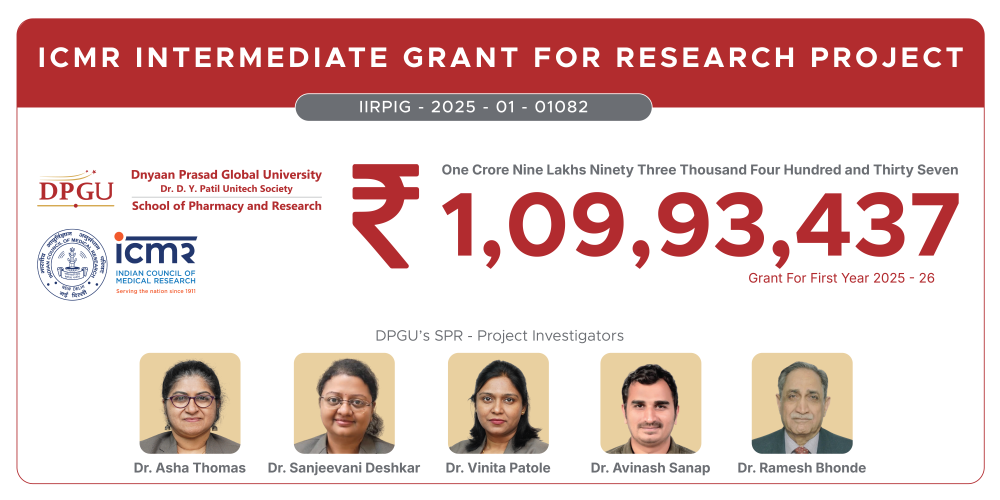Regulatory support for accelerated drug approvals
July 15, 2021 | Thursday | Views | By Velkumar Kuzhandhaipandian, Manager, Regulatory Operations, Navitas Life Sciences, Chennai
There are some common avoidable mistakes one can make while applying for drug approval
Image credit: Shutterstock
Drug development and product registration in any country is typically quite lengthy and can span between 10-20 years. The process begins with preclinical research, before filing an investigational New Drug Application (NDA) to initiate clinical trials examining efficacy and safety in humans, and finally seeking regulatory approval with an NDA. It is not surprising that a high amount of technical expertise and investment is required from the outset of the development phase through to approval and, ultimately, the maintenance of validity for the product licence.
By way of example, a recent study suggested that ~14 per cent of all drugs in clinical trials gain approval from the US FDA. This means that for ~86 per cent of all proposed new drugs, something goes wrong along the process towards commercialization, wasting valuable time, energy, and capital.
In the process of product registration, one of the main concerns for the pharmaceutical industry across the globe is to keep their dossier updated with current regulation for quicker approval of new product registration and product license maintenance. Marketing Authorisation Holders (MAHs) have a responsibility to submit the dossier as per the current regulatory requirements, where regulatory intelligence and competitive regulatory strategy play a key role in achieving the rapid approval of products in a specific country.
So, what are the most common avoidable mistakes while applying for drug approval, and what can applicants do to prevent them from occurring? Let us explore the 11 most common mistakes that we see in the industry today:
Submission strategy and resource planning
It is imperative to list all the cross-functional partners involved in developing the required content for submission, for example: Active Pharmaceutical Ingredients (API), Contract Manufacturing Organization (CMO), Clinical Research Organisation (CRO), etc. as well as providing details of both their location and availability. In addition, it is important to proactively detail the potential risks and mitigation plan.
Conform with the checklist and latest Health Authority (HA) Guidance
A common error, and one that is easily avoided, is to present incomplete documentation. It is imperative to always check the HA website to make sure that you have the latest guidelines in place to avoid a Refuse-To-Receive (RTR) decision and/or multiple Requests for Information (RFI) from the relevant HA.
Document Life Cycle Management (LCM)
In most cases, documents will be received from multiple cross-functional stakeholders, i.e. Module 1 from the sponsor, Modules 2 and 3 from the API and CMO, and Modules 4 and 5 from the CRO.
Have in place an eCTD submission map to track the documents along with the life cycle operation requirement for each document
Application forms
Application forms contain the complete information relating to the submission dossier. So MAHs need to pay particular attention when filling in the application form, one of the key documents of any submission.
Avoiding errors in documents and forms will prevent any hold-ups later in the process. Make sure that the latest form is used for submission, paying close attention to the version and expiration date
Present clear and measurable evidence/data:
It is important when submitting an investigation, new drug application, or an abbreviated new drug application to the health authority, that the data from your trials and other studies is presented in a clear manner. When a claim of a proposed benefit is made, a reference from clinical research and pharmaceutical development should be provided in order to evidence the statement.
Focus on Accuracy
Keeping accurate records of all stages of drug development, from investigational application to abbreviated application, provides the HA review team with a comprehensive overview of the drug.
eCTD or electronic Common Technical Document Publishing
Ensure to follow best practice and frequently update the quality checklist to avoid repeated errors or not adhering to the latest guidelines.
Maintain Information consistency throughout the document
Ensure consistent information is provided across the dossier following good documentation practice.
Ensure Statistical Expertise
Statistical data provides clear visibility and transparency for the HA about, not only, the product quality, but its efficacy and safety during the dossier review.
HA Audit readiness
HA inspections are one of the most stress-inducing experiences a sponsor, CRO, or site will go through. There are appropriate ways to get your organization ready for taking a strategic and right-sized approach to your inspection readiness preparations, you can equip your team and programs with the appropriate tools to navigate through an inspection.
Communicate Frequently with HA
Sponsors and researchers involved in the process of developing a new drug are free to ask for clarifications from the HA at any stage of drug development. The HA will answer questions regarding the pre-investigation application and clinical trial expectations, as well as provide advice on new drug applications. Communication early and often with the HA will reduce the need for repeated review stages and help increase the chances for approval.
Velkumar Kuzhandhaipandian, Manager, Regulatory Operations, Navitas Life Sciences, Chennai










